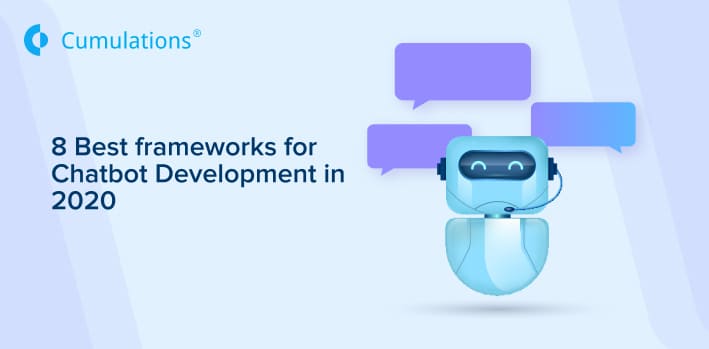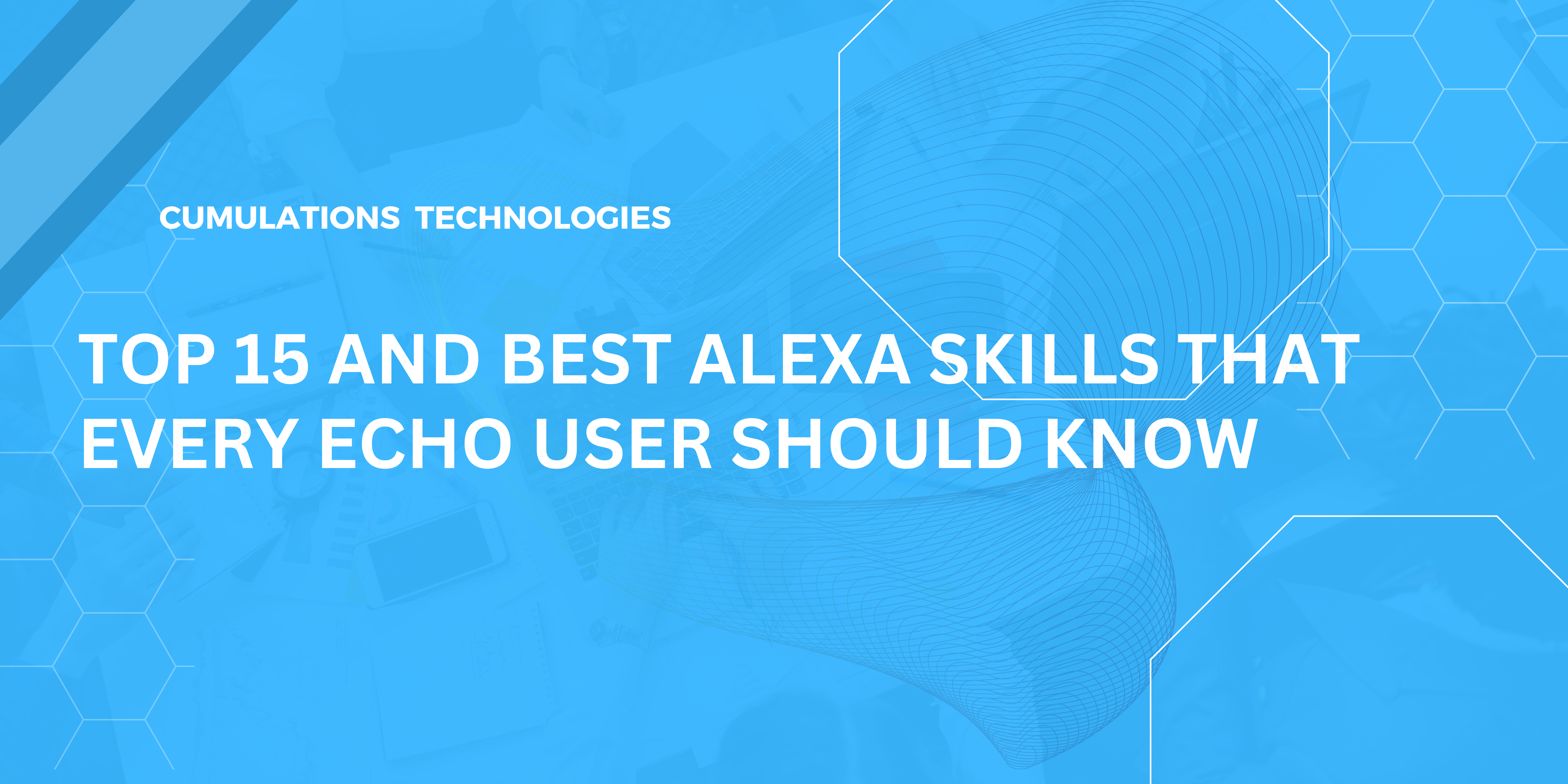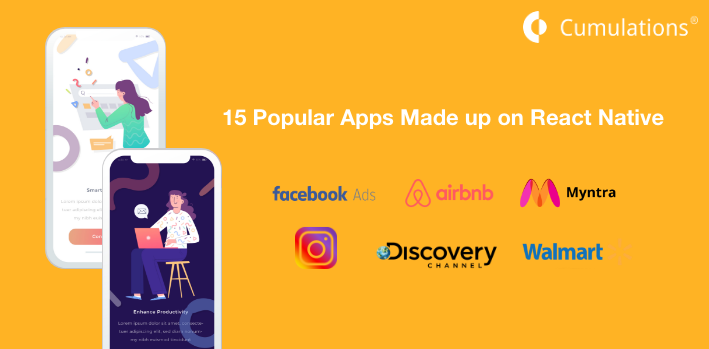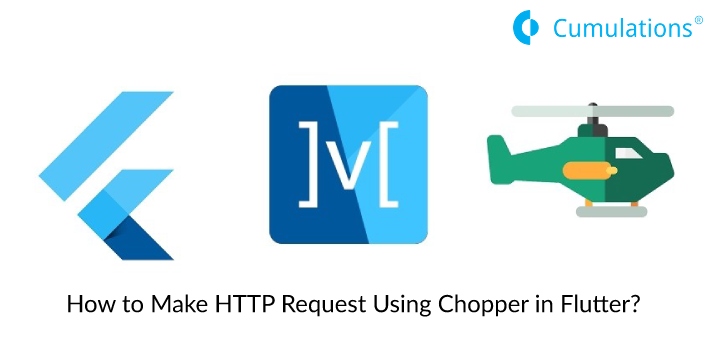
Chatbots have become indispensable to almost all businesses. Facing wide adoption, these chatbots offer a new way for enterprises to communicate with the world, and most importantly, with their customers. They help to address customer queries on a 24/7 basis, offering superior customer experience.
Owing to the multitudinous benefits of chatbots, a plethora of chatbot development frameworks have exploded in the market, making the choice for the best one highly complicated.
To help you out, we have created a meticulous list of the top 8 chatbot development frameworks that can be used to build an intelligent, efficient, and adaptable chatbot.
Top 8 Chatbot development frameworks in 2020
Microsoft Bot Framework
Microsoft Bot Framework is one of the best chatbot development platforms that help to build and manage intelligent and interactive bots. The rich framework enables the developers to develop, publish, and manage their bots all in one place. This is because the framework comes with two major components. First, it provides channel connectors, enabling the developers to link the chatbot to different messaging channels, and second, it features SDKs for implementing business logic into the conversations.
Few of the greatest benefits of using this platform include pre-built options, technical computer support, machine learning speech to text implementation, and ability to work in multiple computer languages.
Chatbots created with Microsoft Bot Framework can easily integrate with popular messaging apps, including Facebook, Slack, Skype, Website, Cortana, Microsoft Team, and more.
Amazon Lex
Amazon Lex is a popular platform to build and seamlessly integrate conversational interfaces into any application using text and voice. The framework helps to power highly interactive chatbots by leveraging technologies like automatic speech recognition (ASR) and natural language understanding (NLU) to identify the intent of the text. This enables the developers to build applications with highly engaging user experiences and real-like conversational interactions.
The chatbots built with Amazon Lex can be published to messaging platforms like Facebook Messenger, Kik, Slack, and Twilio SMS. Besides, the framework also comes with SDKs for building bots for iOS and Android mobile applications.
Google Cloud Dialogflow
Dialogflow is a conversational chatbot development platform that allows you to build robust chatbots and voice apps. Backed by Google, this framework is one of the most widely used tools to build Actions for over 400M Google Assistant devices. The incredible platform can easily analyze various types of inputs from the users, including text and audio inputs such as a voice recording.
One of the best things about this framework is that it supports natural language processing (NLP) in over 20 languages. This makes it easy for developers to train the bots to understand the finer details of human conversations.
Google’s Dialogflow supports all prominent messaging channels such as Slack, Skype, Facebook Messenger, Telegram, Twitter, Line Kik, etc.
IBM Watson Assistant
IBM Watson is another popular chatbot platform that helps to build live chatbots for various devices, channels, or applications. It is particularly beneficial if you wish to develop a retail, banking, or voice-powered Android chatbot. This is because it comes with pre-configured content for banking, eCommerce, and customer care, making it immensely flexible. The framework leverages machine learning to respond to customer queries.
Some of the notable advantages of this platform include advanced machine learning engine, Watson GUI for non-technical users, automated predictive analysis, support for 13 languages, and a built-in translator. It also features a tone analyzer for deciphering positive and negative responses.
IBM Watson chatbots can integrate with Facebook Messenger, Slack, Intercom, and WordPress websites.
Wit.ai
Wit.ai is a Facebook acquired company. The chatbot development framework is free to use, even for commercial entities. Due to its open-source nature, the platform has been adopted by over 200,000 developers across the globe. It helps in creating exceptionally smart chatbots with human-level interaction and intelligence.
The best thing about using this platform is that it comes with a highly efficient natural language processing engine. This helps to save a lot of time as the basics of human conversations do not require to be taught. Besides, it offers SDKs for Node.js, Python, and Ruby and supports 80+ languages.
Since Wit.ai is owned by Facebook, the chatbots can easily integrate with Facebook Messenger. They can also into home automation systems, Slack, and most wearable devices.
Botpress
Botpress is another open-source platform that works in the same way as WordPress works for developing websites. One of the best things about this platform is its UI. It offers an easy user interface that also allows non-technical people to manage chatbots after the deployment.
The rich framework comes with a host of innovative features, such as The Flow Builder and Dialog Manager. The two features make it very easy for the developers to build robust chatbots and debug conversational flows. The developers can customize the chatbot by integrating 3rd party APIs.
Chatbots built with Botpress can be deployed on Facebook, Telegram, Slack, Twilio, Skype, WeChat, and Web.
Rasa Stack
Rasa is an open-source platform that is primarily suited to developers and enterprises that need contextual-based chatbots that can understand, respond, and execute on contextual circumstances. The framework has two chief modules- Rasa NLU and Rasa Core. The former supports natural language understanding and the latter is a framework for building conversational chatbots. Rasa Core enables the development of eloquent dialogue, trained using machine learning. Rasa Stack is widely used in the banking sector, the sports industry, the healthcare sector, and job recruitment.
The major advantages of using Rasa are that it can manage contextual dialogues, can identify intent, and allows the developers to create custom models.
The framework supports Facebook Messenger, Telegram, Slack, Rocket.Chat, and Twilio.
ChatterBot
ChatterBot is a well-known framework that enables a chatbot to be trained in any desired language. Powered by Node.js, this chatbot works by creating a Python library. The bot starts with little or no knowledge of how to respond to every human query. However, over time as more inputs are generated, the response becomes more and more accurate. This is because the chatbot supports continuous learning.
Essentially, the chatbot will always select the closest matching response by looking for the closest matching statement available in its library. It gradually learns how to communicate effectively based on a collection of conversations coupled with machine learning.
Thus, it is a great platform for those who need their bot to adapt based on the conversations and continuous learning.
Wrapping Up
All these afore-mentioned chatbot development frameworks are highly efficient and competent. It may be possible that the first few you try may not work for your business model. The key lies in experimenting.
You can also hire a good chatbot development company that helps you to build smart and conversational chatbots that serve your customers around the globe with a tailored experience.


 +91-984-5825982 | +91-996-4689921
+91-984-5825982 | +91-996-4689921 sales@cumulations.com
sales@cumulations.com Send your requirement
Send your requirement 



